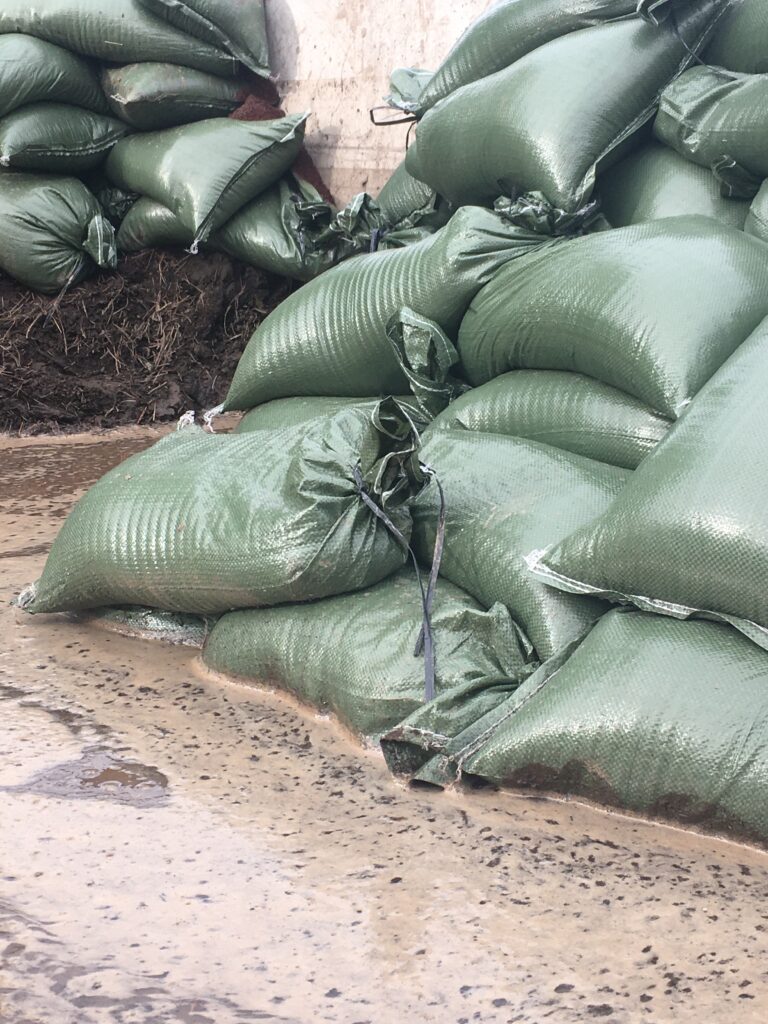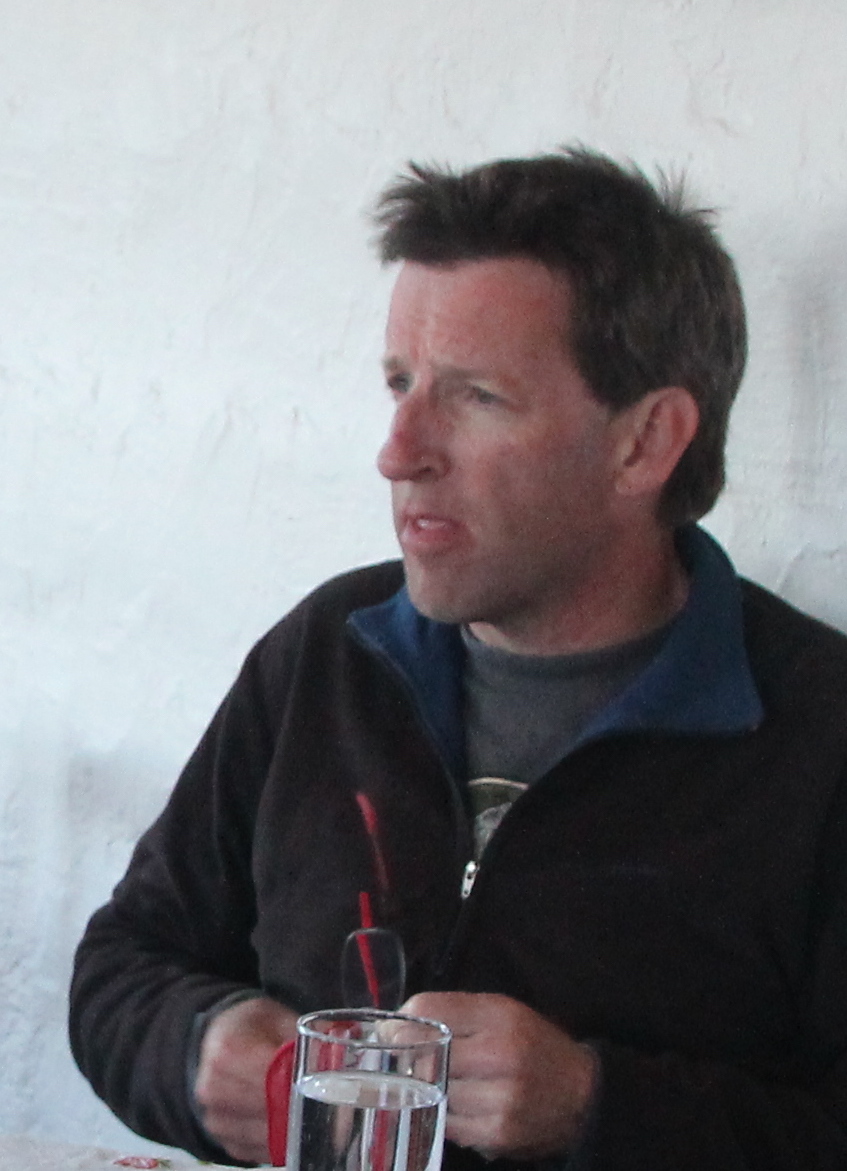
It will probably draw some nods of recognition in Flagstaff, if not in a number of other lower, flatter places, if I suggest that much of what lures people to live at more than a mile above sea level is gravity itself — pulling us upward, so to speak, rather than pushing us downward as we might intuitively expect.
It’s gravity that literally fuels so many of the adventurous pursuits that are the fringe benefits, or perhaps the core, of a thousand mountain-town weekends and vacations: the skiing outings, whitewater splashfests by raft or kayak, winding singletrack descents, mountain hikes whose rise and fall gets paid for in sweat and toil and the exultation of finally getting to head down again.
Anyone engaged in these sports quickly comes to appreciate how instantaneously a downhill thrill can turn into disaster— or, OK, in my case there was also that one time when I fell running uphill and blasted a memorable gash in my lip. It really hurts to drink a consolatory shot of bourbon, it turns out, when you’ve got an open wound on your mouth. Lesson learned: in moments of extremity it’s OK to use a straw.
But still it comes as a shock when gravity’s force comes crashing down not on an individual who knows there’s risk involved in having this sort of fun, but on the community as a whole. That’s how it felt last week as northern Arizona absorbed the blows of flash floods crashing down on east Flagstaff neighborhoods, where they filled houses and yards with slick mud, and raging through narrow canyon drainages farther north, killing one rafter and injuring others on a Grand Canyon float trip.
In the ample social media video posts chronicling afternoons of flooding it was not too hard to see the hunger gravity represents, the almost unstoppable force that water exerts as it rushes downhill seeking consummation in the sea. The word gravity is intimately tied to the concepts of both heaviness and importance: serious stuff. That we try to stop the water is exactly what makes civilization on this dry quarter of the continent possible—at least civilization in the form we recognize today, with its showers on demand, its supplies that have so long seemed endless. Just turn on the tap, 24/7, no question about it.
For now, that is: the Arizona farmers who will likely have their Central Arizona Project water supplies reduced next year due to the long-term decline in the Colorado River aren’t feeling that comforting sense of abundance anymore. And psychologically, many others also aren’t feeling it as the predictable but still surprising effects of climate change accumulate. Maybe even up here in the mountains we have to adopt more of a desert mindset, expecting too little water overall even as we also expect too much in concentrated areas in too short a time.
But even if water is always going to try to find its level that doesn’t mean gravity always fulfills its immediate desire. It doesn’t mean we can’t intervene in a way that suits us. A couple of days after the flooding began I stopped at the county’s east-side building to help fill sandbags during last weekend’s volunteer event. Dozens of people were grouped around giant piles of red cinders. Some were wielding shovels at the piles; some were holding empty sandbags up underneath jury-rigged wooden racks that held upside-down traffic cones serving as funnels; some were tying up the newly filled bags; others formed lines down which the bags were heaved into waiting pickup trucks. If it was not exactly a well-oiled machine it was certainly an energetic one. When one worker grew tired or left another stepped in to take their place. It was a cross-section of Flagstaff society: east-side residents, NAU football players, kids of all ages, retirees. It was neighbors out to help their neighbors. Some knew one another, some didn’t. Laughter and jokes floated through the air. After more than a year of limited social interaction it was not only good to be with other people; it was good to work with other people, to hold common cause, to find joy and satisfaction in the simple acts of inhabiting bodies working for good purpose.
We couldn’t stop gravity but collectively we could interrupt it, harness it for the community good. We could hold the tough bags up to stop the flow of shoveled cinders, knowing that once the bags had been driven into the nearby flood-prone neighborhoods other willing hands and arms and backs would lift them into place, building the sandbag fortifications up a bit higher to guard against the next localized downpour.
It may be true, as the writer Marc Reisner once wrote, that the western U.S. is a “hydraulic civilization,” one that has grown by moving water uphill against gravity — and toward money, as the saying goes. We’ve done that to such an extent that we have run up against a whole lot of challenging natural limits. But it’s also true that we can be defined by our relationship with gravity — not only playing with it for fun, but working with it, letting it remind sore bodies and open hearts what living in community is all about.

